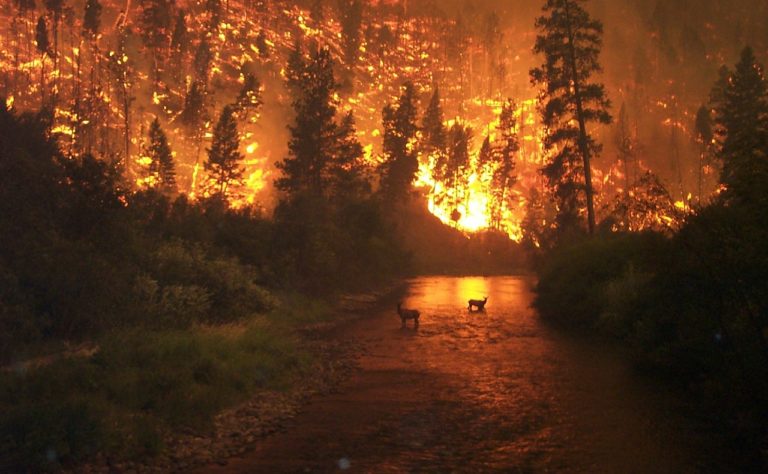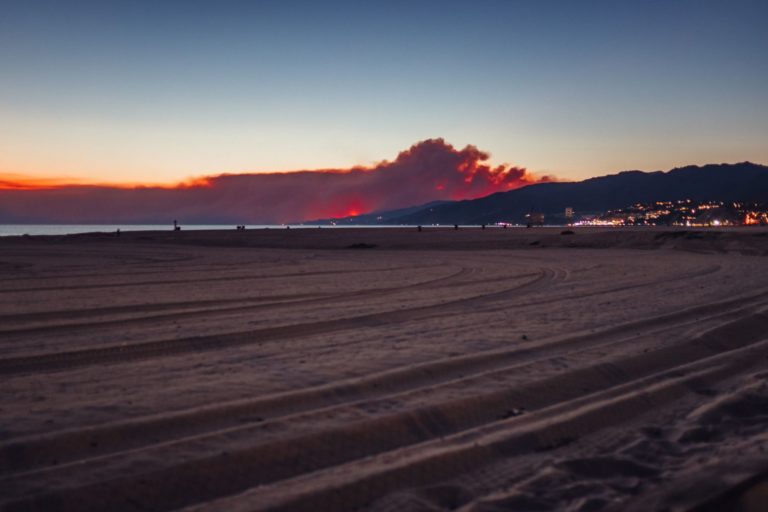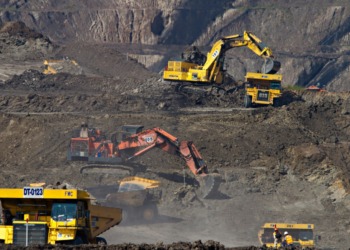As the end of 2019 approaches, over 6,800 wildfires have been recorded in California. And alongside this come the responsibilities that insurance companies, a homeowner’s only remaining hope when tragedy hits, are expected to fulfill. However, the wildfires have become so disastrous and so costly, that insurance companies are left with no choice but to pull out from people’s policies (who live in fire prone areas of the state) in order to avoid bankruptcy.
Responding to this, on the Dec. 5, 2019, the state of California took the unusual decision to ban insurers from continuing this procedure, a ruling that fundamentally heightens the industry’s misjudgment of the increasing cost of the climate crisis.
The new guidelines impose a one-year-long prohibition, which covers over 800,000 homes in or near ZIP codes affected by the fires and stalls insurers from leaving these customers.
“People are losing insurance even after decades with the same company and no history of filing claims,” said Ricardo Lara, California’s insurance commissioner. “Hitting the pause button on issuing non-renewals due to wildfire risk will help California’s insurance market stabilize and give us time to work together on lasting solutions.”
In 2017 and 2018 alone, natural disasters resulted in a worldwide payout of $219 billion.
Although the repercussions of climate change have been known for decades, insurers’ analysts have failed to predict the deteriorating costs. According to a dominant insurance company Swiss Re, in 2017 and 2018 alone, natural disasters resulted in a worldwide payout of $219 billion.
“Is our business model going to keep working in the face of this kind of change?” asked Carolyn Kousky, executive director at the University of Pennsylvania, describing the growing concerns dominating the insurance industry. “If our insurers are in trouble, that jeopardizes people’s recovery.”

This has now become an everyday challenge in California, with the state becoming a case study of how a business field that is expected to have a dominant role in coping with climate change has actually been hindered by it.
Following the past two years of drastic losses and taking into account the research showing that the combined fires of 2017 and 2018 eradicated an entire quarter-century of the insurance industry’s profits, it is evident that insurance companies in California will struggle to accurately predict and fully prepare for the upcoming era of spiraling climate uncertainty.
Related articles: Harnessing the Power of Silicon Valley to Combat California’s Wildfires | Preventing Wildfires
The fate of the insurance industry is now unraveling as insurers struggle to anticipate future losses, abandon their most desperate and vulnerable customers, promote rate increases, all while anxiously observing what could be another year of grueling losses.

If insurance becomes unavailable in susceptible areas, this will undoubtedly alleviate the chances of insurance companies declaring bankruptcy. However, as Dr. Kousky noted, the backlash of this will result in people not being able to recover from natural disasters as climate change only gets worse.
“As these extreme events change, insurance is going to become ever more important as a financial recovery tool and a climate adaptation tool,” Dr. Kousky said. “The question now is really, what can we do to protect that market before it becomes really problematic?”










